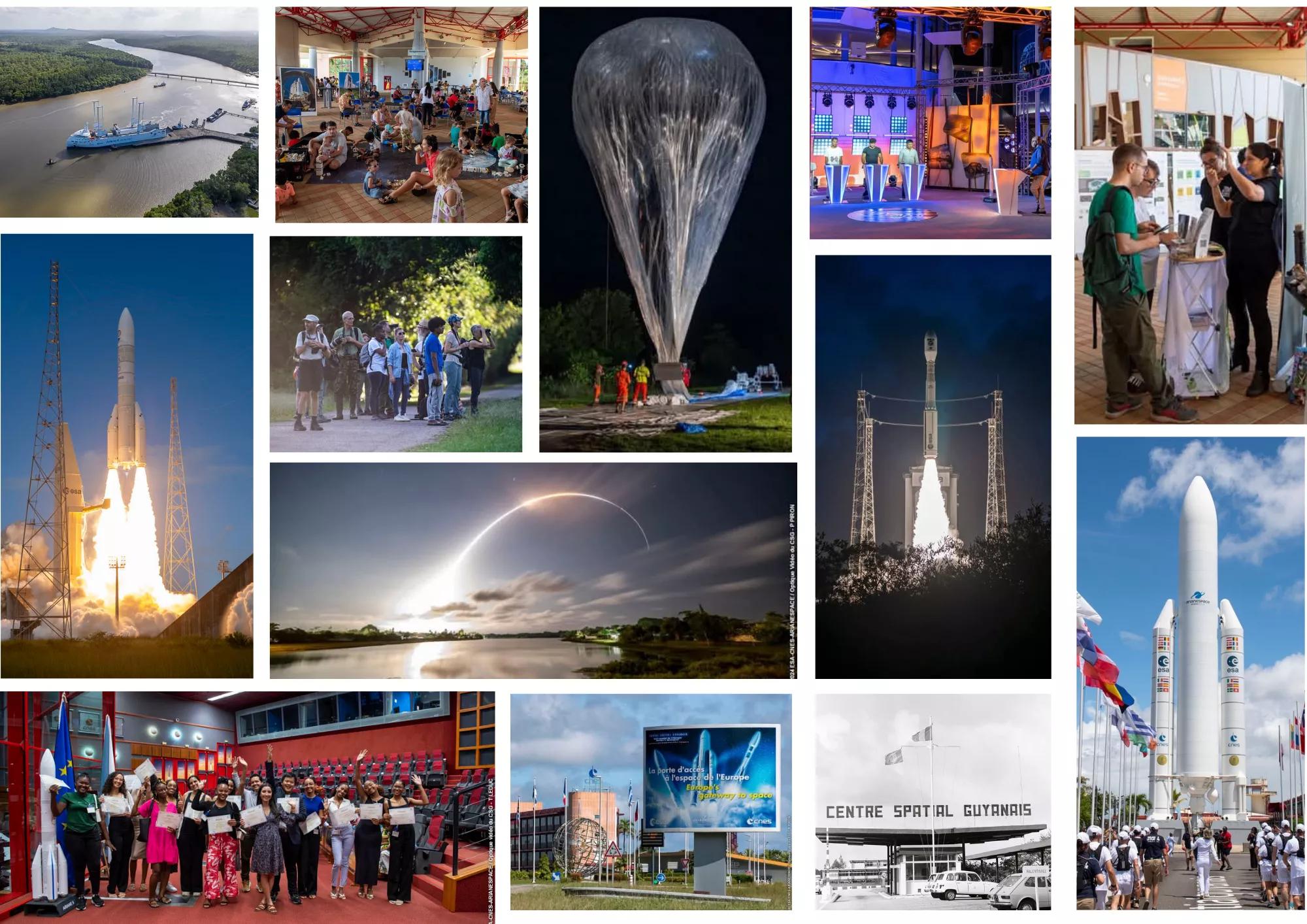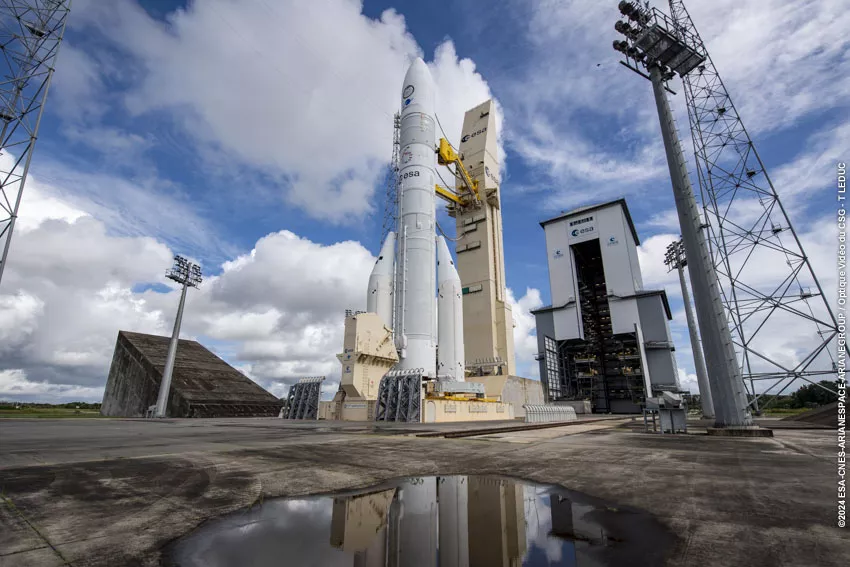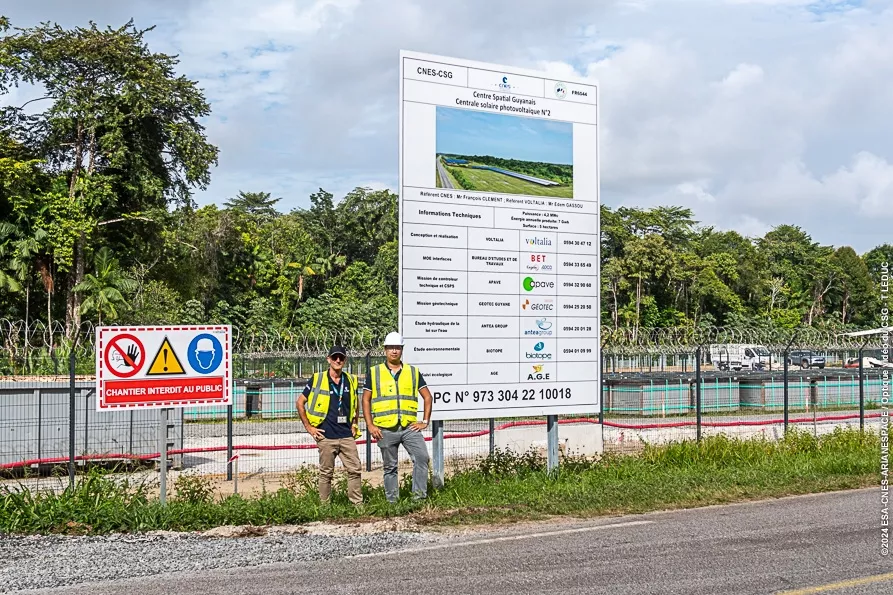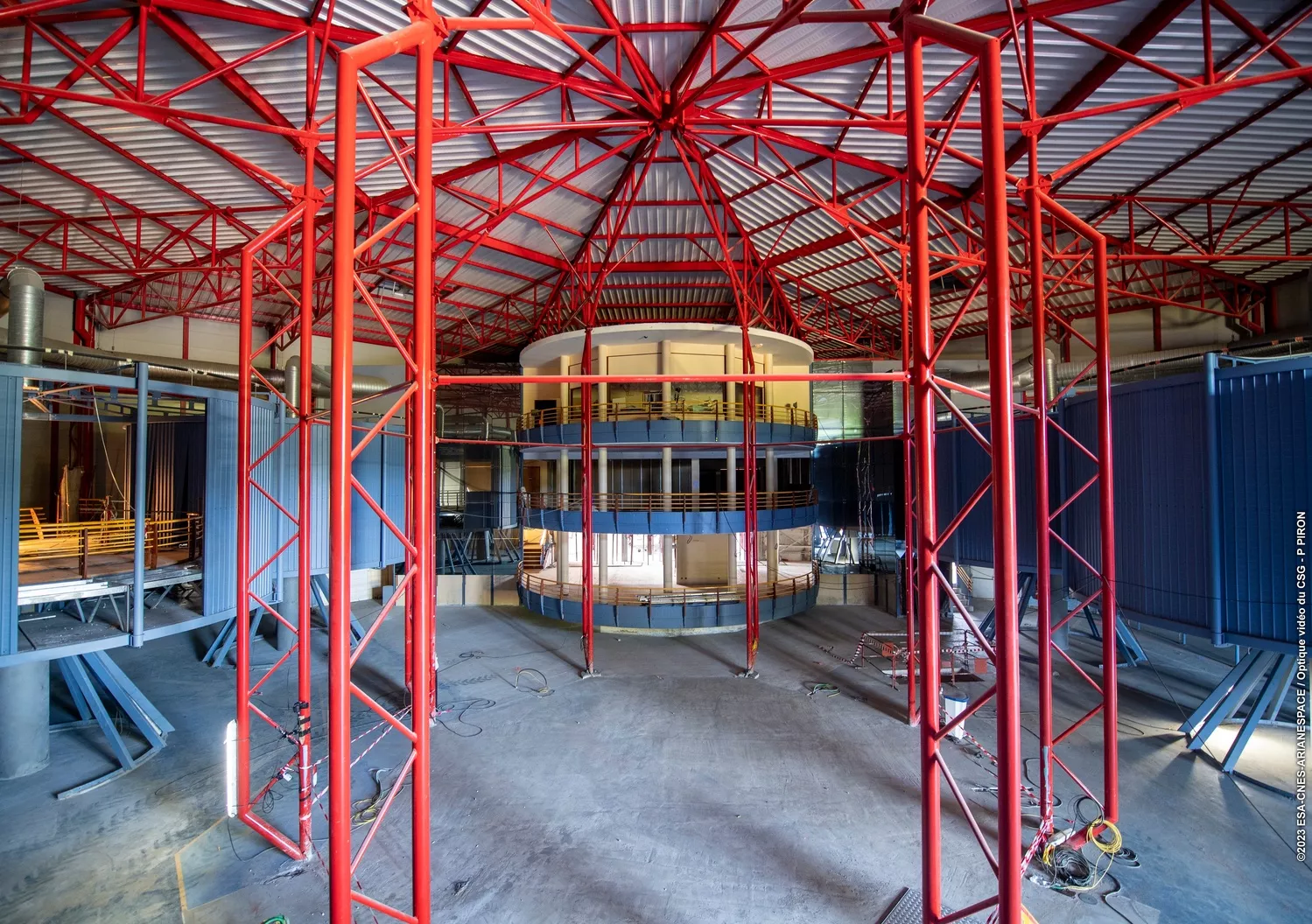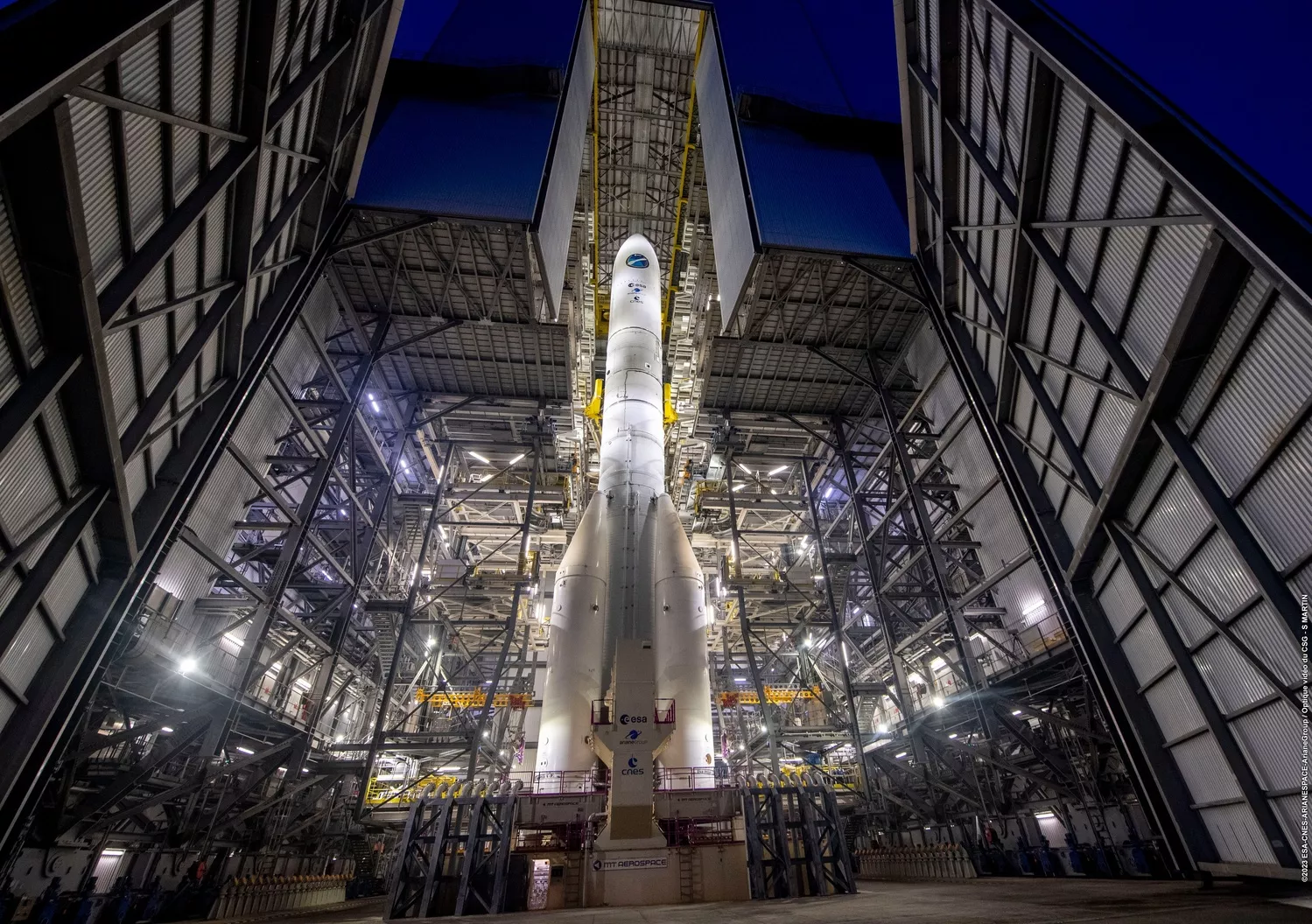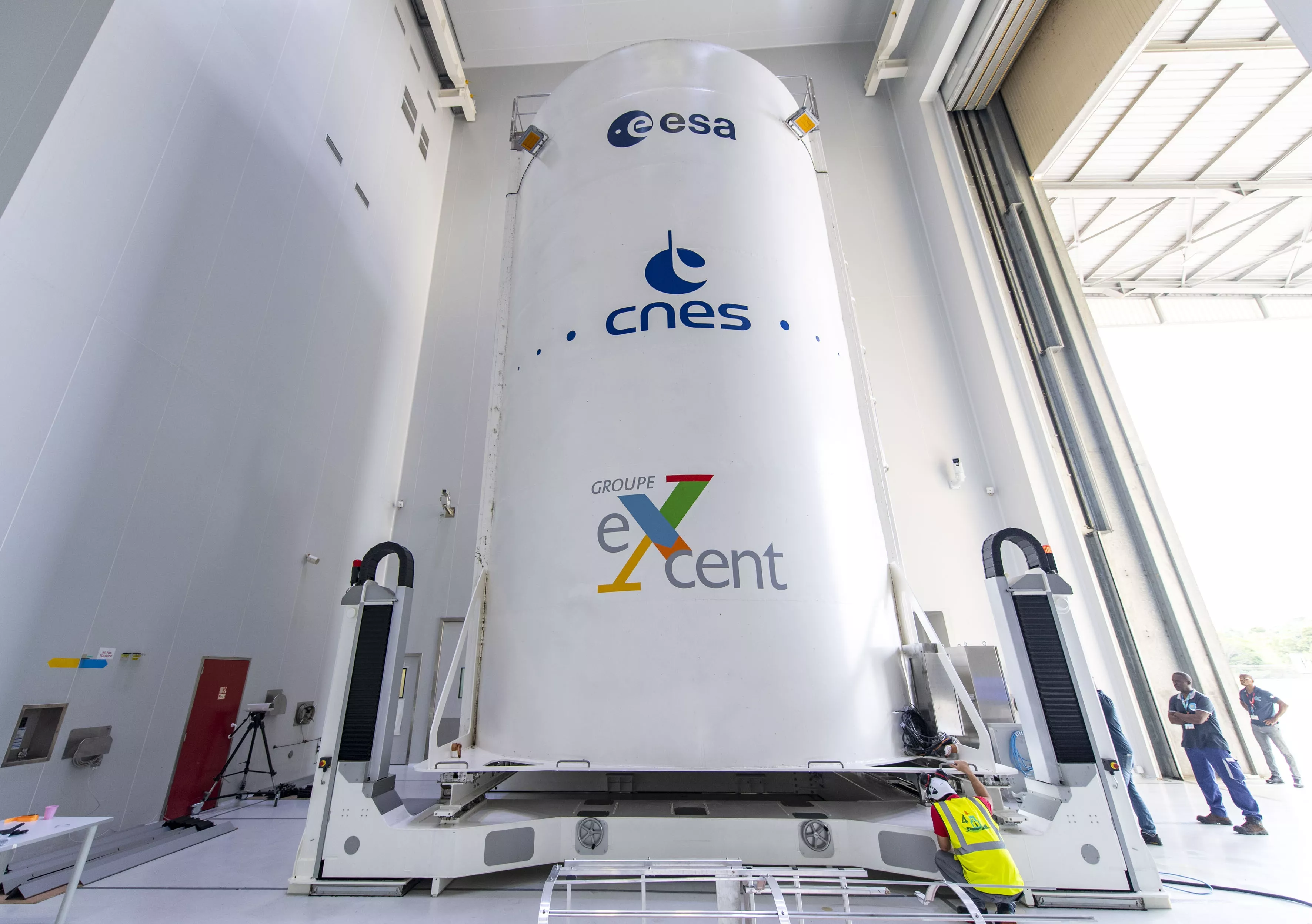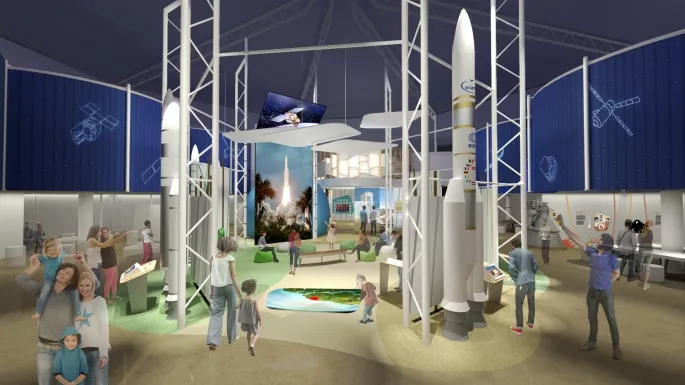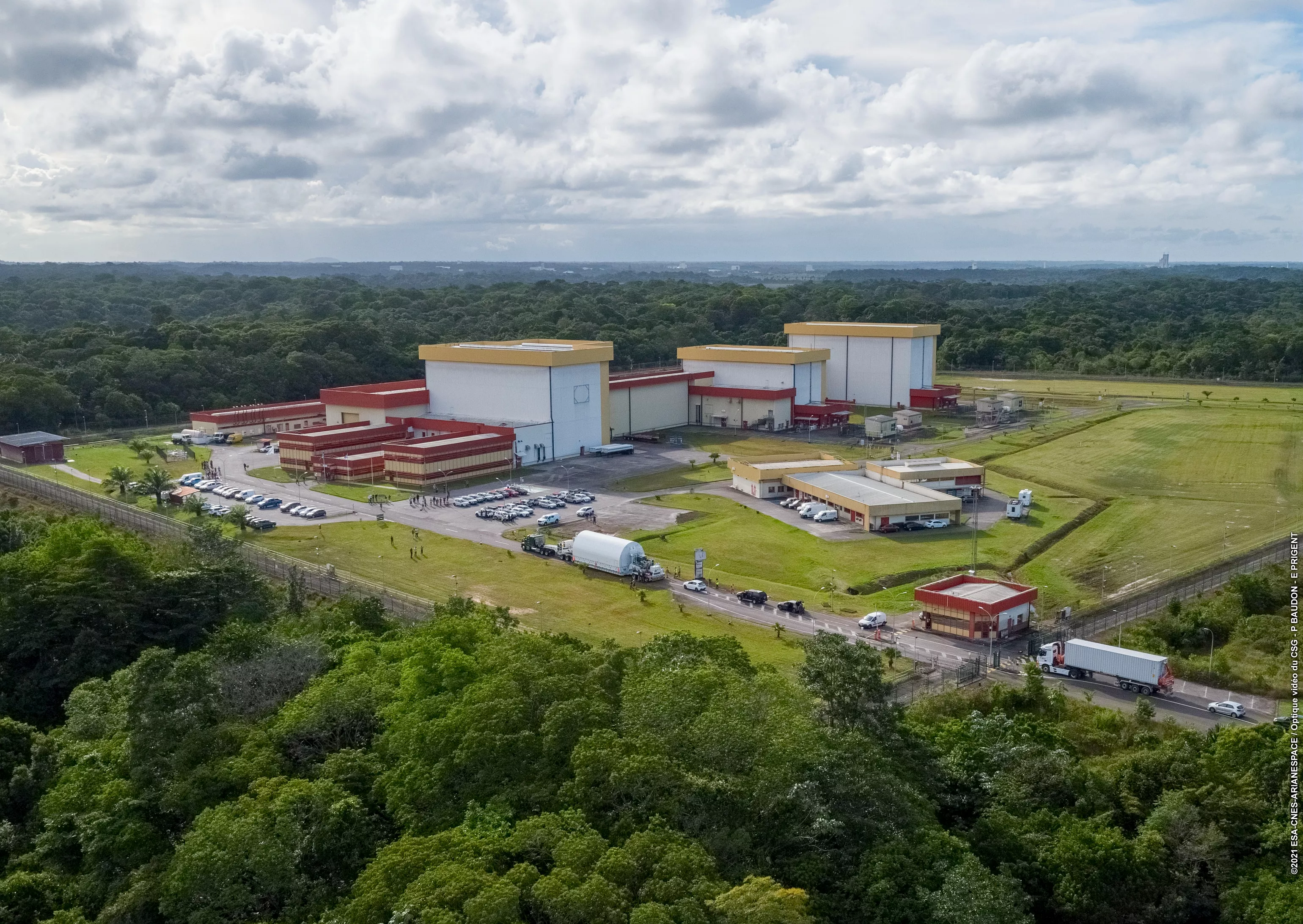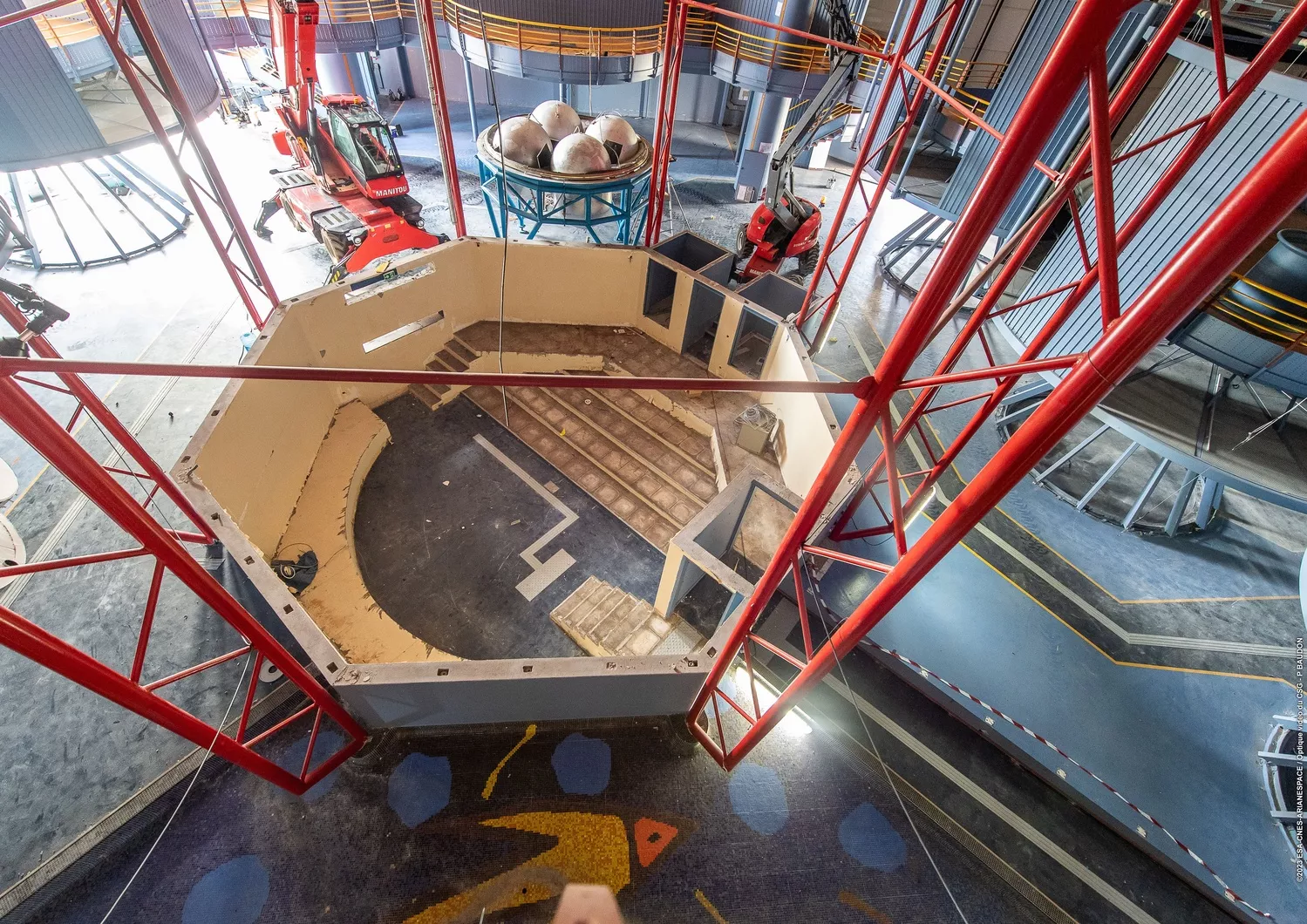Air Liquide, Industry 4.0 in the low-carbon era
Air Liquide Spatial Guyane (ALSG), a model of innovative organisation that is already fully committed to the energy transition.
Air Liquide Spatial Guyane has been supporting the space industry in French Guiana since 1970, in particular with a specific hydrogen-production unit at Europe’s spaceport. Since 2012, ALSG has been implementing "Launch", a programme for investment and modernisation of operations.
Connected tools for remote control
To reduce the cost of fluids for the Ariane 6 launch vehicle, Air Liquide has automated its units and controls them remotely using connected tools. Today, part of ALSG’s facilities can be controlled from a control room in Saint-Priest, near Lyon.
Energy-efficient equipment
With the arrival of Ariane 6, Air Liquide Spatial Guyane needed new facilities, which now consume less energy than some of the older equipment.
- A brand-new hydrogen-production unit uses less methanol and less energy. Hydrogen production is ALSG’s main source of greenhouse gas emissions, due to imports of methanol from Trinidad and Tobago and the manufacture of hydrogen gas by cracking. Moreover, liquefaction requires a significant amount of energy to bring the temperature of the hydrogen down to -250°C.
- To reduce the amount of hydrogen vapour lost during production, a more flexible liquefier will adjust the power consumption of the compressors to the flow rate. This equipment will enable ALSG to adjust its operational schedule. The liquid hydrogen-production unit will run idle even while recovering volatile losses, thereby generating savings.
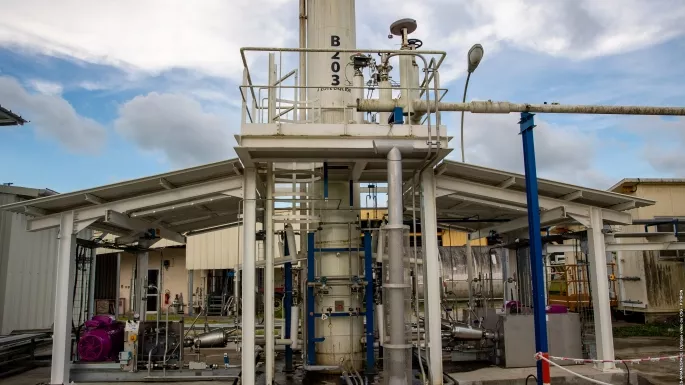
Air Liquide Spatial Guyane’s new hydrogen-production unit at the spaceport.
"Green" propellants
ALSG, in partnership with ESA and CNES, is studying the construction of an industrial demonstrator at Europe’s spaceport for the production of hydrogen by the solar-powered electrolysis of water. The project, called Hyguane (HYdrogène GUyanais A Neutralité Environnementale—Environmentally Neutral Hydrogen in French Guiana), will reduce the carbon footprint of the launchers and supply energy to some of French Guiana’s transportation solutions: buses, postal vehicles and heavy goods vehicles, in particular.
The project involves a consortium between SARA (Société anonyme de la raffinerie des Antilles) and the University of French Guiana, with the aim of setting up a complete chain, from staff training through to production and use.
In the same section
-
The French Space Agency’s commitments in French Guiana : review and outlook
29/01/2025Europe’s Spaceport: Recap of 2024 and outlook for 2025
28/01/2025Welcome to the new website of Europe's Spaceport
22/01/2025Energy transition at Europe’s spaceport
08/04/2024[Space Museum] update on the progress of the works
29/01/20242024 at Europe’s spaceport
15/01/2024Europe’s spaceport gets a new facility for satellites
06/12/2023[Space Museum] Progress report
25/09/2023EPCU S5 under construction
05/09/2023
